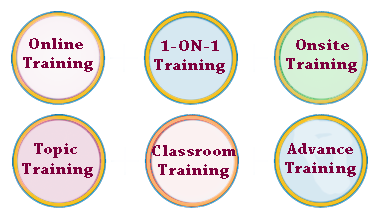
Virtual Reality
The definition of ‘virtual’ is near and reality is what we experience as human beings. So the term ‘virtual reality’ basically means ‘near-reality’.
We know the world through our senses and perception systems. In school we all learned that we have five senses: taste, touch, smell, sight and hearing. These are however only our most obvious sense organs. The truth is that humans have many more senses than this, such as a sense of balance for example. These other sensory inputs, plus some special processing of sensory information by our brains ensures that we have a rich flow of information from the environment to our minds. There are a range of systems that are used for this purpose, such as headsets, omni-directional treadmills and special gloves. These are used to actually stimulate our senses together in order to create the illusion of reality.
A realistic three-dimensional image or artificial environment that is created with a mixture of interactive hardware and software, and presented to the user in such a way that the any doubts are suspended and it is accepted as a real environment in which it is interacted with in a seemingly real or physical way.
Total immersion means that the sensory experience feels so real, that we forget it is a virtual-artificial environment and begin to interact with it as we would naturally in the real world. In a virtual reality environment, a completely synthetic world may or may not mimic the properties of a real-world environment.
A virtual world is a three-dimensional environment that is often, but not necessarily, realized through a medium (i.e. rendering, display, etc.) where one can interact with others and create objects as part of that interaction. In a virtual world, visual perspectives are responsive to changes in movement and interactions mimic those experienced in the real world.Several categories of virtual reality technologies exist, with more likely to emerge as this technology progresses.Virtual environment responses to interaction can include the way a participant moves around or changes in their viewpoint; generally through movements of their head.
Virtual Reality (VR) literally makes it possible to experience anything, anywhere, anytime. It is the most immersive type of reality technology and can convince the human brain that it is somewhere it is really not.









